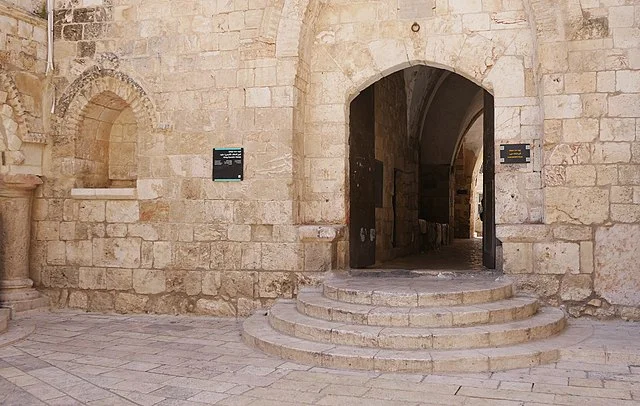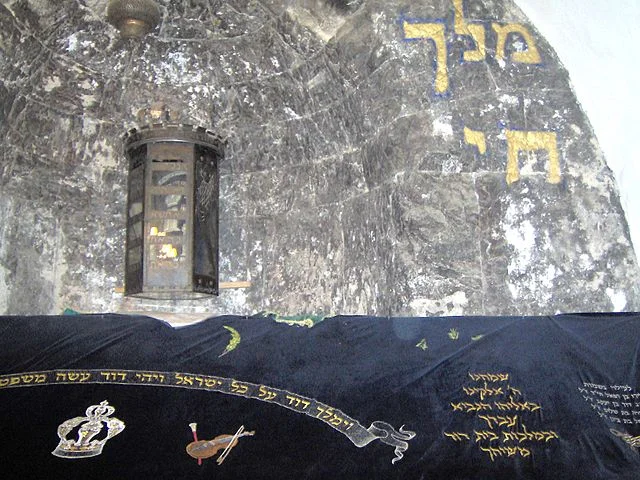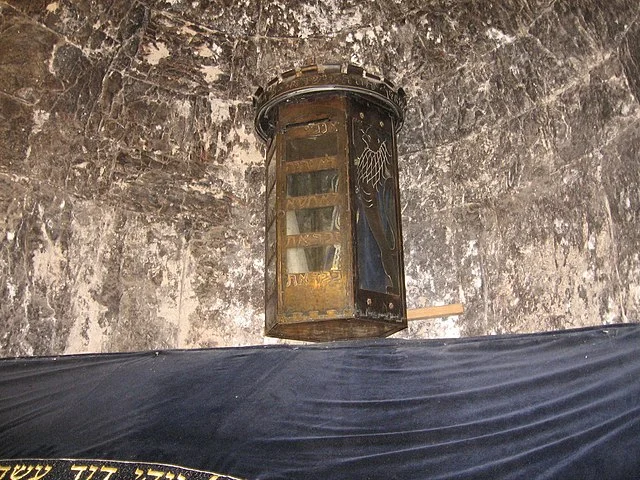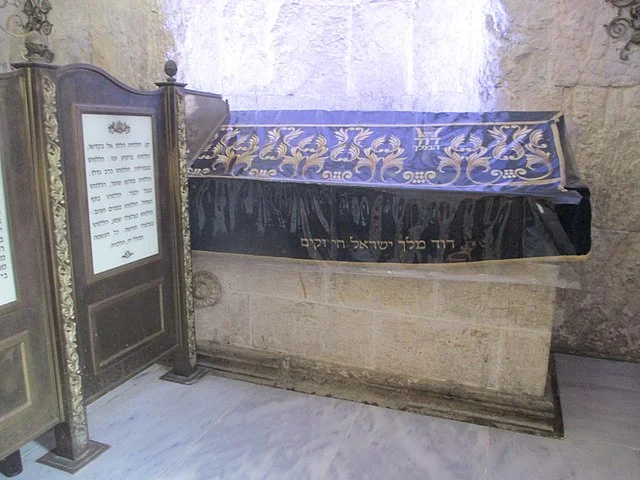The Tomb of King David is a site traditionally associated with King David, an important biblical figure. It is located on Mount Zion in Jerusalem. This tomb holds significant religious and historical value for Judaism, Christianity, and Islam. However, its authenticity remains a topic of debate among historians and archaeologists.
Get your dose of History via Email
Historical Background

King David ruled the United Kingdom of Israel around 1010–970 BC. The Hebrew Bible describes him as a warrior, musician, and poet who established Jerusalem as Israel’s political and spiritual center. Ancient texts suggest David was buried in the “City of David,” a location thought to be part of modern Jerusalem.
The association of his burial with the site on Mount Zion emerged during the medieval period. Historical evidence for this claim, however, is scarce. Early Jewish and Christian sources do not identify this site as David’s burial place.
Architectural Features

The structure traditionally identified as King David’s tomb is within a Crusader-era building. It features a small, rectangular chamber with a cenotaph covered by a velvet cloth. The chamber lacks inscriptions or decorations directly linking it to David.
The building also includes architectural elements from various periods, including Byzantine, Crusader, and Ottoman influences. This layering reflects the site’s long and complex history.
Religious Significance

The tomb holds great religious importance. For Jews, David is revered as the author of the Psalms and an ancestor of the Messiah. Christians honor him as an ancestor of Jesus. Muslims respect David (Dawud) as a prophet. The site attracts pilgrims from all three faiths.
During the Ottoman period, Jewish prayer rights at the site were restricted. In 1948, Israel gained control of the site, leading to renewed Jewish access. Today, it remains a focus of worship and tourism.
Controversy and Archaeological Debate

Archaeologists question the identification of this site with King David’s burial. Excavations at the City of David have uncovered tombs from the Iron Age, closer to David’s historical period. However, no definitive evidence links these tombs to him.
The Mount Zion tomb lacks artifacts or inscriptions from the 10th century BC. Its association with David likely emerged centuries after his death. Scholars view it as a symbolic rather than historical representation.
Conclusion
The Tomb of King David is an important religious and cultural site. While its historical authenticity is uncertain, its significance as a symbol of faith and heritage remains undisputed. Future archaeological research may offer new insights into King David’s burial and the site’s history.
Source:

